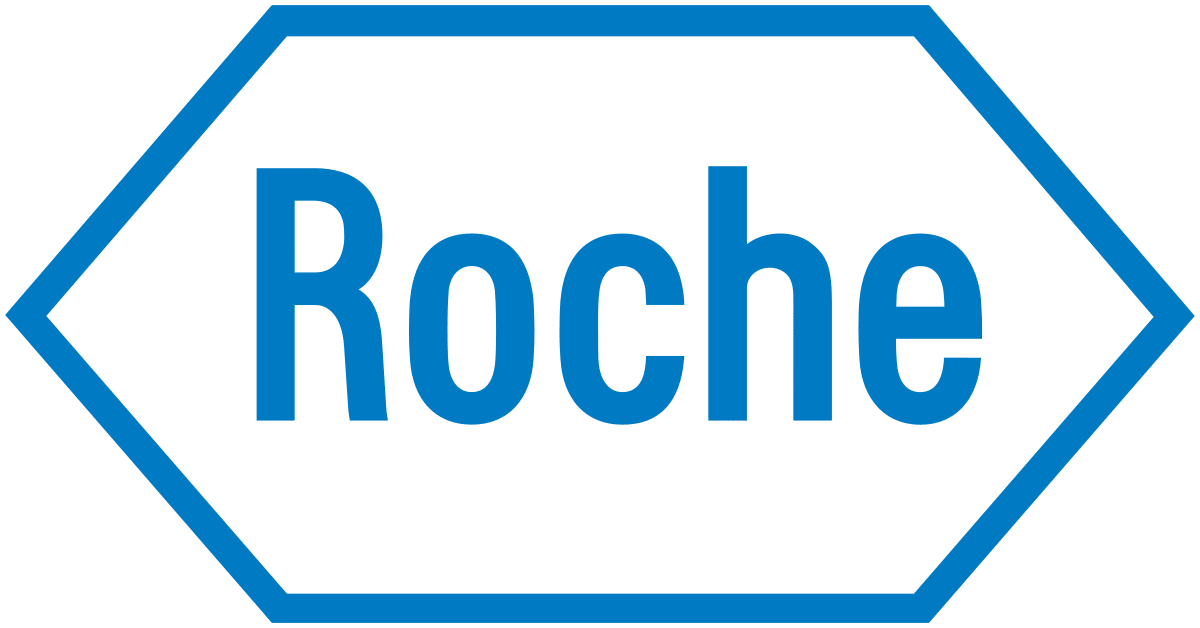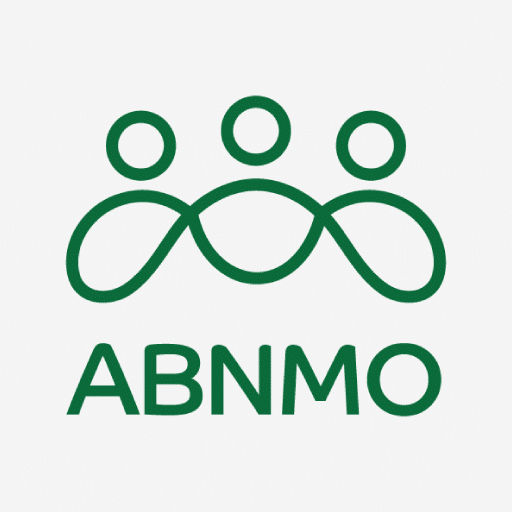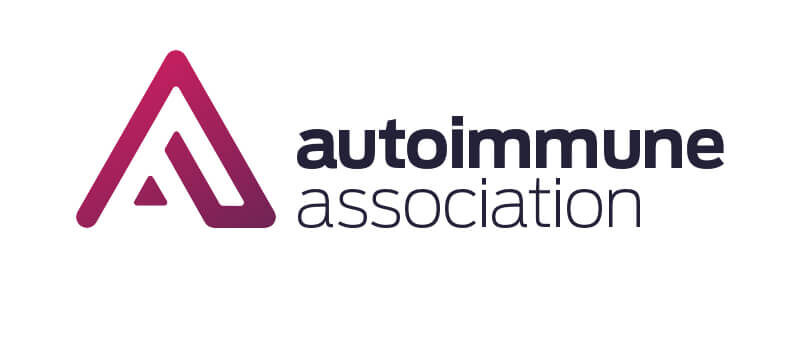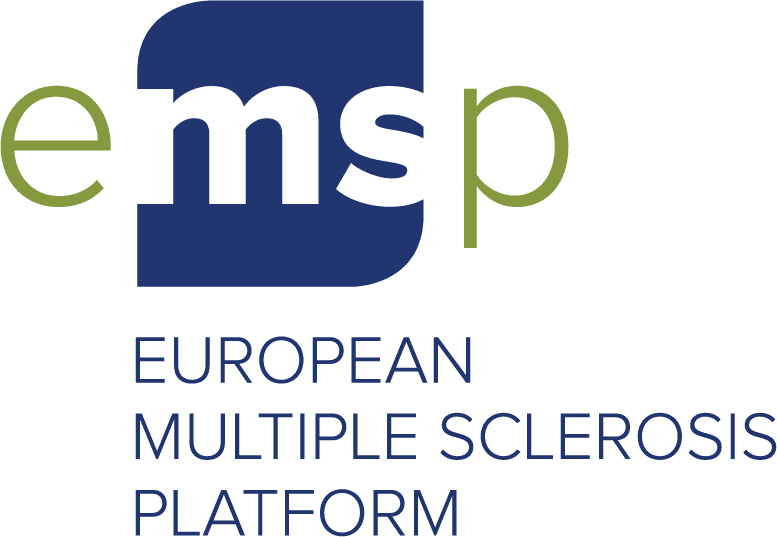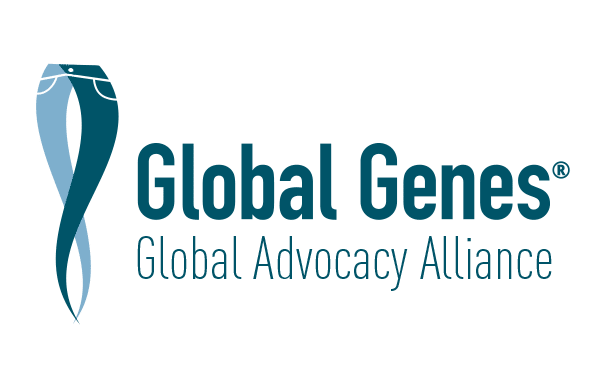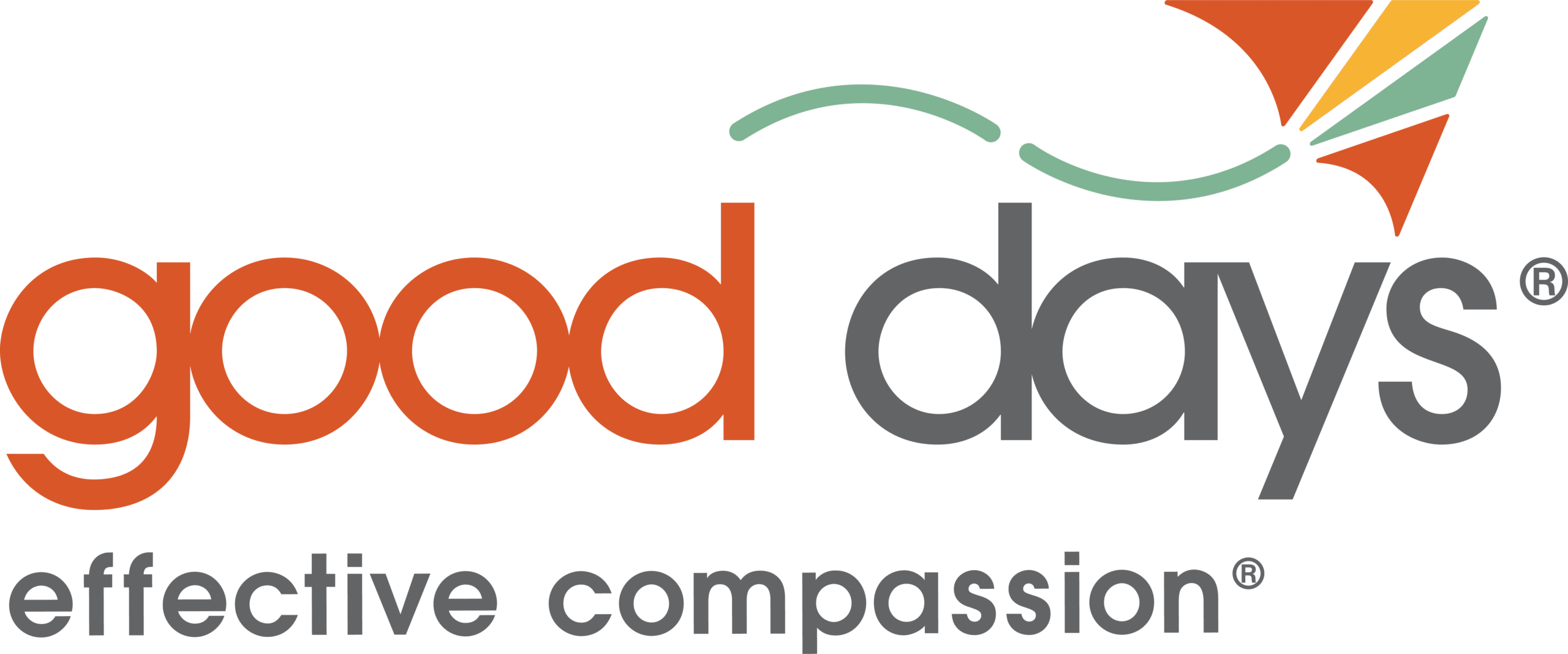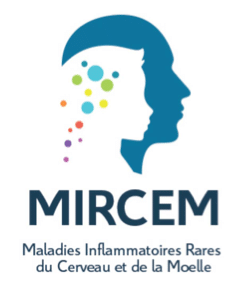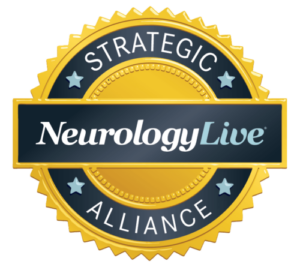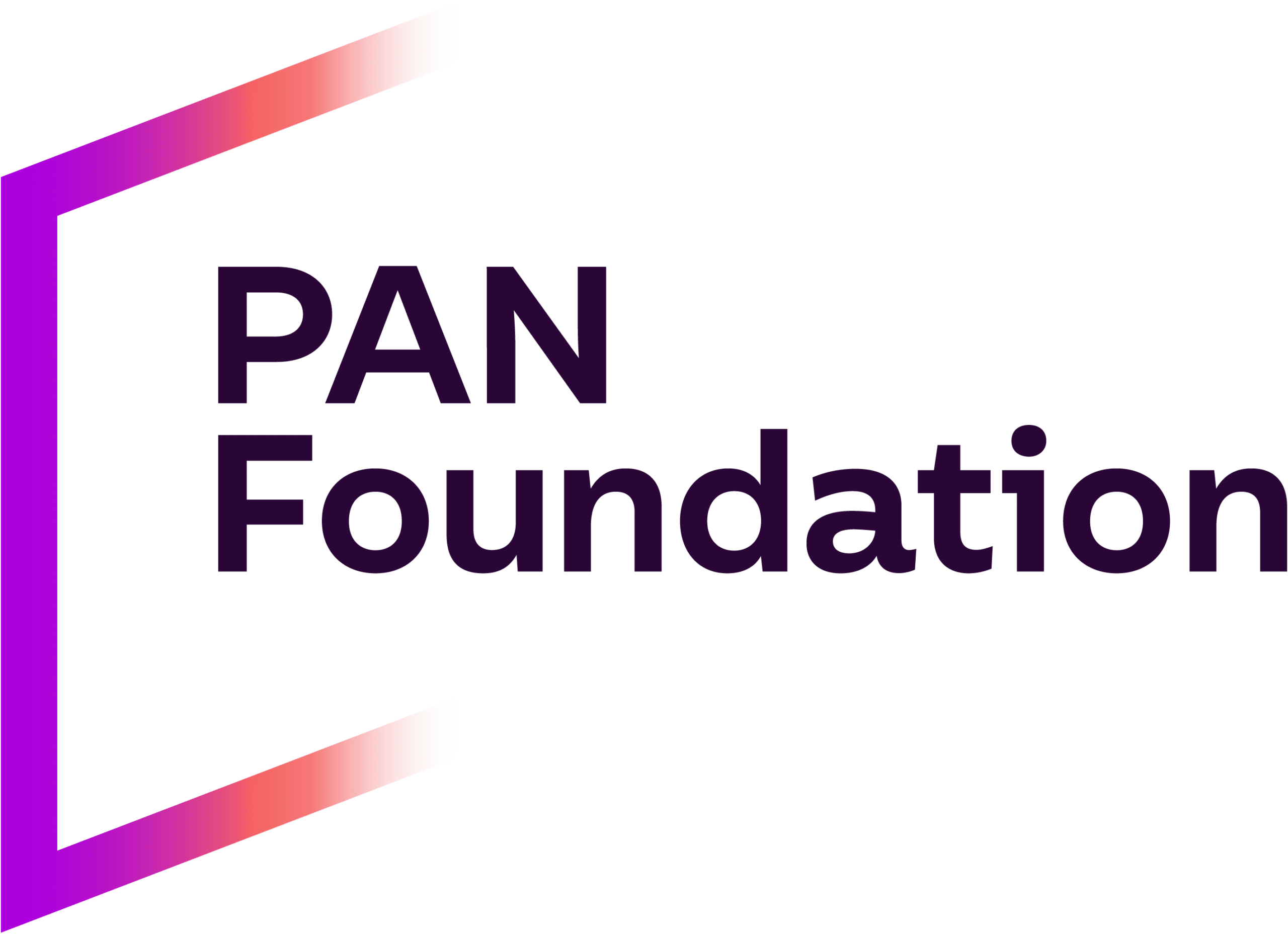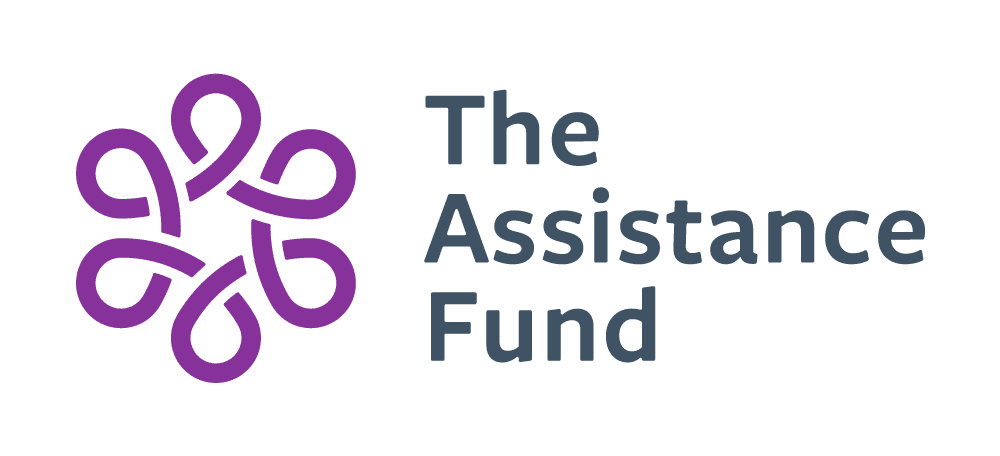
Time to Disability Milestones and Annualized Relapse Rates in NMOSD and MOGAD
Journal: Annals of Neurology; December 12, 2023
Author(s): Ankelien Duchow, Judith Bellmann-Strobl, Tim Friede, Orhan Aktas, Klemens Angstwurm, Ilya Ayzenberg, Achim Berthele, Eva Dawin, Daniel Engels, Katinka Fischer, Martina Flaskamp, Katrin Giglhuber, Matthias Grothe, Joachim Havla, Martin W. Hümmert, Sven Jarius, Matthias Kaste, Peter Kern, Ingo Kleiter, Luisa Klotz, Mirjam Korporal-Kuhnke, Markus Kraemer, Markus Krumbholz, Tania Kümpfel, Lisa Lohmann, Marius Ringelstein, Paulus Rommer, Patrick Schindler, Charlotte Schubert, Carolin Schwake, Makbule Senel, Florian Then Bergh, Daria Tkachenko, Hayrettin Tumani, Corinna Trebst, Ioannis Vardakas, Annette Walter, Clemens Warnke, Martin S. Weber, Jonathan Wickel, Brigitte Wildemann, Alexander Winkelmann, Friedemann Paul, Jan-Patrick Stellmann, Vivien Häußler, on behalf of the Neuromyelitis Optica Study Group (NEMOS)
How does disability progress in NMOSD and MOGAD?
This study aimed to assess how disability progresses in patients with NMOSD and MOGAD in relation to the time since diagnosis, number of attacks, and patient’s age. The study involved 483 patients: 298 aquaporin-4 (AQP4)-positive NMOSD patients, 52 seronegative NMOSD patients (testing negative for both AQP4 and MOG antibodies), and 133 MOGAD patients. Disability progression was assessed in terms of
- when milestones were reached as per the Expanded Disability Status Scale (EDSS) and
- the frequency of relapses.
Even though the average number of relapses per year were similar between NMOSD and MOGAD patients, NMOSD patients tended to show greater levels of disability after fewer attacks than MOGAD patients. In all cases, patients who were older when they were first diagnosed were likelier to have higher levels of disability. But the risk of new disabilities developing decreased as the time living with the disease increased.
This research highlights that NMOSD can have an aggressive disease course compared to MOGAD in terms of disability accumulation. Prompt diagnosis and treatment is crucial to improve patient outcomes.
Related article:
Free Access: Full text








